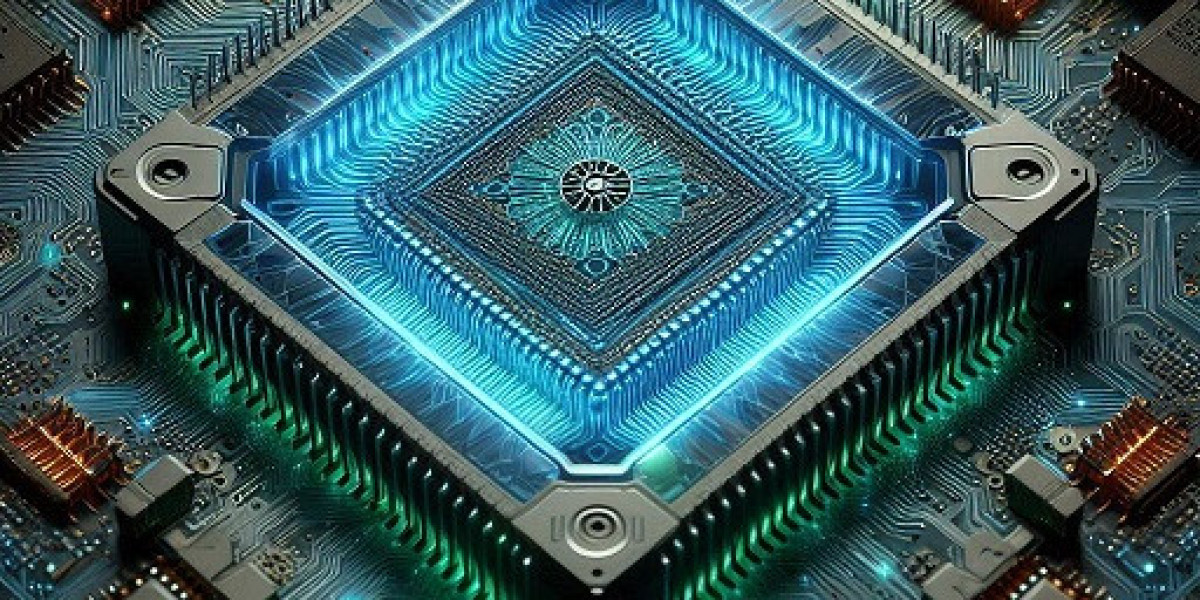The report "FPGA Market by Configuration (Low-end FPGA, Mid-range FPGA, High-end FPGA), Technology (SRAM, Flash, Antifuse), Node Size (≤16 nm, 20-90 nm, >90 nm), Vertical (Telecommunications, Data Center & Computing, Automotive) & Region - Global Forecast to 2029" The FPGA market is projected to grow from USD 12.1 billion in 2024 and is estimated to reach USD 25.8 billion by 2029; it is expected to grow at a Compound Annual Growth Rate (CAGR) of 16.4% from 2024 to 2029.
The growth of the FPGA industry is driven by the growing utilization of Artificial Intelligence (AI) and Internet of Things (IoT) technologies across diverse applications, incorporating FPGAs into advanced driver assistance systems (ADAS), and the rising count of data centers and facilities for high-performance computing (HPC).
By node size, the ≤16 nm is projected to grow at a high CAGR of the FPGA industry during the forecast period.
The high growth of the ≤16 nm FPGA can be attributed to its compact size and speedy processing abilities. FPGAs with ≤16 nm node size boast higher logic density than conventional FPGA devices. These FPGAs are tailored to handle high-bandwidth workloads such as high-performance computing (HPC), artificial intelligence (AI), and machine learning. In addition, these FPGAs can eliminate the standard performance issues that affect traditional FPGA devices available in the market. These FPGAs come at a higher cost and have a more limited supply chain. They boast features such as high-speed transceivers and specialized IP cores.
Flash technology in the FPGA industry is expected to have the highest CAGR during the forecast period.
Flash-based FPGAs utilize non-volatile flash memory for configuration data storage, ensuring resilience and data retention during power cycling. Their advantages include non-volatility, lower power consumption, increased reliability, and inherent security features like encryption. Flash-based FPGAs find applications in embedded systems with infrequent reprogramming needs, cost-sensitive applications, low-power devices, and security-critical scenarios. Their cost-effectiveness and security features make them attractive for various applications, ranging from industrial controllers to security-sensitive environments.
The Data Center & Computing segment is projected to experience the highest CAGR in the FPGA industry over the forecast period.
The data center & computing is projected to be the fastest-growing vertical from 2023 to 2028. This growth is attributed to the increasing number of data center facilities worldwide. For instance, in May 2023, Scala Data Centers (Brazil) launched the second-largest vertical data center in Latin America, the 6MW IT SGRUTB05, located in the Tamboré Campus, São Paulo state, Brazil. The facility demonstrated Scala's strategy to accommodate significant IT infrastructure growth securely. FPGAs are ideal for compute-intensive workloads in data center applications. As a result, establishing new data centers will provide market opportunities for FPGA providers in the future.
Asia Pacific is poised to have significant growth in the FPGA industry by 2029.
The FPGA industry in the Asia Pacific region is experiencing significant growth, primarily fueled by the telecommunications sector's rapid advancement in 5G technology. China and Japan are leading in 5G deployment, closely followed by India, driving the demand for FPGAs. The APAC market is driven by the telecom sector's high-speed internet needs and the increasing demand for advanced network infrastructure. With their reprogrammable nature, FPGAs are well-suited for the complex data processing tasks associated with 5G applications, making them crucial in this evolving landscape. As per GSMA's "The Mobile Economy Asia Pacific 2023" report, the anticipated economic contribution of 5G to the Asia Pacific region in 2030 stands at a significant USD 133 billion, comprising over 13% of the total economic influence of mobile technology.
Download PDF Brochure @ https://www.marketsandmarkets.com/pdfdownloadNew.asp?id=194123367
Top Companies in FPGA industry - Key Players
Key companies operating in the FPGA industry are Advanced Micro Devices, Inc. (Formerly Xilinx, Inc.) (US), Intel Corporation (US), Microchip Technology Inc., (US), Lattice Semiconductor Corporation (US), Achronix Semiconductor Corporation (US), QuickLogic Corporation (US), and FlexLogix (US), among others.








